.png)
Deciding on stem cell therapy is a pivotal healthcare choice, with global destinations offering diverse approaches, regulations, and costs. For patients worldwide seeking cutting-edge regenerative medicine, the United States presents a landscape of rigorous research and strict FDA oversight, while Malaysia emerges as an increasingly popular hub for accessible and often more affordable treatments. This in-depth comparison provides crucial insights into both options, helping you navigate the complexities of stem cell treatment abroad and make an informed decision aligned with your health goals.
Choosing Your Regenerative Path: Stem Cell Treatment in Malaysia or the USA?
Both Malaysia and the USA are prominent players in the global stem cell therapy landscape, yet they offer distinctly different experiences. The USA is at the forefront of stem cell research and development, characterized by stringent regulatory control from the Food and Drug Administration (FDA), which primarily approves hematopoietic stem cell transplants for specific blood cancers and disorders. This means many other applications are still considered experimental and are largely confined to clinical trials, often leading to very high costs.
Malaysia, on the other hand, is rapidly establishing itself as a leading medical tourism destination for stem cell therapies. It offers a blend of advanced medical facilities, internationally trained specialists, and comparatively more accessible and affordable treatment options, particularly for mesenchymal stem cell (MSC) applications. The regulatory environment in Malaysia, while evolving, allows for a broader range of stem cell treatments to be offered to patients, attracting those seeking options not readily available or affordable in their home countries. Understanding these fundamental differences is crucial for any patient comparing stem cell therapy in Malaysia vs. USA.
Stem Cell Therapy Comparison: Malaysia vs. USA
Core Strengths in Regenerative Medicine: Malaysia vs. USA
USA Key Capabilities in Stem Cell Therapy
The United States remains a global powerhouse in basic and clinical stem cell research. Its key strengths include an unparalleled commitment to scientific rigor, extensive funding for cutting-edge investigations, and a highly structured regulatory environment. American institutions are responsible for many breakthroughs in regenerative medicine, pioneering novel therapies and conducting a vast number of clinical trials for various conditions, including neurological disorders, cardiovascular diseases, and diabetes.
The USA also boasts some of the world's most advanced medical facilities and highly specialized physicians, ensuring the highest standards of care for FDA-approved treatments and those within regulated clinical trials. Patients often seek treatment in the USA for access to experimental therapies not available elsewhere, or for complex conditions requiring the most advanced medical infrastructure.
Malaysia's Key Capabilities in Stem Cell Treatment
Malaysia's strength in stem cell therapy lies in its burgeoning medical tourism sector, offering high-quality care at significantly more affordable prices. The country has invested heavily in modern medical infrastructure, with many clinics and hospitals achieving international accreditation, such as JCI. Malaysian specialists are often internationally trained, bringing global expertise to local practices.
Patients are drawn to Malaysia for its accessibility, comprehensive patient support services (including language assistance and travel coordination), and a generally more expansive range of available stem cell applications, particularly those utilizing mesenchymal stem cells (MSCs) for conditions like osteoarthritis, sports injuries, anti-aging, and certain autoimmune conditions. The focus is on clinical application and making regenerative treatments available to a broader patient base.
Stem Cell Therapy in the USA: Pros and Cons for International Patients
Pros of Stem Cell Treatment in the USA
- Leading-Edge Research and Innovation: Access to the latest scientific discoveries and clinical trials for experimental therapies.
- Strict Regulatory Oversight (FDA): Ensures patient safety and efficacy for approved treatments, though it limits accessibility for others.
- Highly Qualified Specialists: World-renowned doctors and researchers often affiliated with top-tier academic medical centers.
- Advanced Technology and Facilities: State-of-the-art equipment and infrastructure for complex procedures and research.
- Robust Ethical Frameworks: Strong ethical committees overseeing research and clinical applications, protecting patient rights.
Cons of Stem Cell Therapy in the USA
- Prohibitive Costs: Stem cell therapies, especially experimental ones or those covered by insurance, are significantly more expensive.
- Limited Approved Therapies: FDA approval is confined to a narrow range of conditions, making many promising treatments inaccessible outside trials.
- Complex Visa and Travel Logistics: Obtaining a medical visa can be challenging, and overall travel expenses are high.
- Less Focus on Medical Tourism: International patient services are available, but often not as comprehensive as in dedicated medical tourism hubs.
- Insurance Coverage Issues: Most experimental or off-label stem cell therapies are not covered by health insurance, leading to substantial out-of-pocket expenses.
Stem Cell Treatment in Malaysia: Pros and Cons for Global Patients
Pros of Stem Cell Treatment in Malaysia
- Cost-Effectiveness: Significantly more affordable pricing for various stem cell therapies compared to Western countries.
- Accessibility of Treatments: A wider range of stem cell applications available for conditions like joint pain, neurological issues, and anti-aging.
- Developed Medical Tourism Infrastructure: Excellent patient support, including concierge services, language support, and travel assistance.
- Internationally Trained Specialists: Many doctors have received training from global institutions, offering high standards of care.
- Modern Facilities and Technology: State-of-the-art clinics and hospitals often hold international accreditations.
Cons of Stem Cell Therapy in Malaysia
- Evolving Regulatory Landscape: While guidelines exist, some areas may be less stringent or clearly defined than FDA standards for unproven therapies.
- Variable Quality (requires diligence): As with any popular medical tourism destination, quality can vary, requiring thorough research into clinic accreditation and doctor credentials.
- Less Emphasis on Pure Research: While clinical application is strong, fundamental stem cell research and novel therapy development may not be as extensive as in the USA.
- Distance for Western Patients: Longer travel times and potential jet lag for patients from North America or Europe.
- Perception of "Experimental" Treatments: Some treatments offered might be considered experimental or unproven by Western medical standards, requiring careful patient evaluation.
The Regulatory Landscape and Ethical Considerations
Understanding the regulatory environment is paramount when considering stem cell therapy. In the USA, the FDA maintains strict control, classifying most stem cell products as drugs requiring rigorous approval processes through clinical trials. This approach prioritizes safety and efficacy but limits patient access to approved treatments. Ethical considerations are deeply embedded in clinical trial protocols, ensuring informed consent and patient protection.
Malaysia's regulatory framework, overseen by the Ministry of Health, is continuously developing. While it has established guidelines for cell and gene therapy products (CGTPs), the application and enforcement across all clinics can be complex. Patients seeking stem cell treatment in Malaysia must be vigilant, ensuring that clinics adhere to national guidelines and employ ethical practices, particularly regarding the sourcing and administration of stem cells. Always inquire about the specific regulatory compliance of any prospective clinic.
Patient Safety and Accreditation Standards in Stem Cell Clinics
Regardless of the destination, patient safety should be the top priority. In the USA, clinics and hospitals offering stem cell therapies must meet stringent state and federal licensing requirements. Research institutions and medical centers are often accredited by organizations like The Joint Commission (JCI) or the Accreditation Association for Ambulatory Health Care (AAAHC), ensuring high standards of care, infection control, and patient outcomes.
Similarly, Malaysia boasts numerous JCI-accredited hospitals and specialized clinics, particularly in major cities like Kuala Lumpur and Penang. These accreditations signify adherence to international best practices in patient safety and quality of care. When considering stem cell clinics in Malaysia, always look for evidence of such accreditations, transparent reporting of patient safety protocols, and clear information on the qualifications and experience of the medical team. This due diligence is crucial for a safe and effective stem cell treatment experience.
The Patient Journey: What to Expect for Stem Cell Therapy Abroad
Patient Experience in Malaysia
For international patients, Malaysia offers a highly supportive and holistic experience. Clinics often provide comprehensive packages that include not only the treatment but also airport transfers, accommodation assistance, and dedicated patient coordinators. Communication is smooth, with English widely spoken by medical staff.
The environment is generally welcoming, aiming to make the patient's stay as comfortable as possible. The focus is on a seamless patient journey, from initial inquiry to post-treatment follow-up, emphasizing hospitality alongside medical excellence.
Patient Experience in the USA
The patient experience in the USA, particularly for stem cell therapy, is typically highly clinical and procedure-focused. While top-tier care is guaranteed, the emphasis is less on medical tourism facilitation and more on the medical protocol itself. International patients will need to proactively manage their travel, accommodation, and appointments.
Communication is professional and direct. The environment reflects the country's research-driven approach, often within large hospital systems or specialized research centers. Patients are expected to be well-versed in their medical condition and the specifics of their treatment or clinical trial.
Choosing the Right Path: Making an Informed Decision for Your Stem Cell Treatment
The decision between stem cell therapy in Malaysia and the USA hinges on several personal factors: your specific medical condition, budget, comfort with regulatory differences, and priorities regarding access to experimental versus proven treatments. If your primary concern is access to groundbreaking research, FDA-approved therapies for specific blood disorders, or participation in cutting-edge clinical trials, and budget is less of a constraint, the USA might be your preferred destination.
However, if you are seeking more affordable, accessible options for a broader range of conditions, particularly those involving mesenchymal stem cells, with the added benefit of a robust medical tourism infrastructure, Malaysia offers a compelling alternative. It is crucial to conduct thorough research, consult with multiple specialists, and ideally, seek guidance from an independent medical facilitator like PlacidWay to navigate these complex choices. Always prioritize your safety, understand the science behind the treatment, and verify the credentials of your chosen clinic and medical team.
Real Stories from Patients: Stem Cell Therapy Success
John M., Australia (Treated in Malaysia)
"After years of chronic knee pain, I traveled to Malaysia for stem cell therapy. The clinic was modern, the staff were incredibly attentive, and the entire process was seamless. My mobility has improved dramatically, and the cost was a fraction of what I'd pay back home. Highly recommend for joint issues!"
Sarah L., Canada (Treated in USA)
"My son was part of a clinical trial for an autoimmune condition in the USA. The research infrastructure was astounding, and the level of care was second to none. While expensive and a long process, the potential for groundbreaking results made it worth every effort. We're seeing promising improvements."
Robert K., UK (Treated in Malaysia)
"I opted for stem cell therapy in Malaysia for my chronic back pain. The clinic's transparency about the procedure and expected outcomes was reassuring. The integrated travel support made the trip stress-free. I've experienced significant pain reduction and feel more flexible. Malaysia is a fantastic option."
Anna M., Germany (Treated in USA)
"My experience with stem cell therapy for a rare blood disorder in a top US hospital was phenomenal. The specialists were world leaders, and I felt incredibly safe under their care, knowing it was an FDA-approved protocol. The cost was substantial, but the quality and peace of mind were invaluable."
Frequently Asked Questions about Stem Cell Therapy Abroad
Is stem cell therapy legal and safe in Malaysia and the USA?
The legality and safety frameworks differ significantly. In the USA, stem cell therapies are heavily regulated by the FDA, primarily approved for hematopoietic stem cell transplants for blood disorders. Other uses are largely experimental, available only through clinical trials or under strict 'same surgical procedure' guidelines. In Malaysia, the regulatory landscape is evolving. While strict guidelines exist, particularly for unproven therapies, some clinics offer treatments under varying interpretations. Patients must conduct thorough research to ensure the clinic and therapy comply with national and international standards.
How much does stem cell therapy cost in Malaysia compared to the USA?
Stem cell therapy costs vary significantly based on the condition, cell type, number of injections, and clinic. In the USA, costs can range from $10,000 to over $100,000 per treatment cycle, especially for therapies in clinical trials or advanced research. In Malaysia, the cost is typically much lower, ranging from $5,000 to $30,000, making it an attractive option for medical tourists seeking more affordable treatment options without compromising quality.
What types of conditions can be treated with stem cell therapy in each country?
In the USA, FDA-approved stem cell therapies are mainly for blood and immune system disorders (e.g., leukemia, lymphoma) using hematopoietic stem cells. Other applications for conditions like osteoarthritis, autoimmune diseases, and neurological disorders are primarily offered through clinical trials or as experimental treatments. In Malaysia, clinics may offer stem cell therapies for a broader range of conditions, including osteoarthritis, neurological disorders, autoimmune diseases, anti-aging, and cosmetic applications, often using mesenchymal stem cells (MSCs).
What are the qualifications of stem cell specialists in Malaysia and the USA?
USA specialists typically hold extensive training from accredited medical institutions, often specializing in fields like regenerative medicine, orthopedics, neurology, or hematology, and adhere to strict licensing requirements. In Malaysia, many stem cell specialists also have international training and certifications. It's crucial for patients to verify the credentials, experience, and specialization of any physician providing stem cell therapy, regardless of location.
What is the patient experience like for international visitors seeking stem cell therapy?
In Malaysia, international patients often experience a well-developed medical tourism infrastructure, with clinics offering comprehensive packages that may include accommodation, transport, and interpreter services. The atmosphere tends to be more service-oriented. In the USA, the focus is highly clinical and research-driven. International patients will need to manage travel, accommodation, and appointments independently, often requiring specific medical visas.
Are stem cell therapy success rates comparable between Malaysia and the USA?
Reporting of success rates can vary. In the USA, success rates for FDA-approved therapies are rigorously tracked. For experimental treatments, success rates are specific to individual clinical trials. In Malaysia, clinics may quote success rates based on their own patient outcomes. It is critical to approach reported success rates with caution, understanding that they can depend heavily on the patient's condition, age, cell type used, and specific treatment protocol. Always ask for evidence-based data.
What about post-treatment care and follow-up?
Reputable clinics in both countries will outline a clear post-treatment plan. In the USA, this typically involves follow-up appointments with the treating physician or referring specialist. In Malaysia, clinics often provide detailed reports and may offer remote consultations or coordinate with local healthcare providers for ongoing monitoring. Patients should always confirm the extent of post-treatment support before committing.
Do I need a special visa for medical treatment in either country?
For Malaysia, a standard tourist visa is often sufficient for short-term medical treatments, but it's essential to check specific requirements for your nationality. For the USA, depending on the duration and nature of treatment, you might need a B-2 visa with a medical purpose, which requires documentation from a U.S. physician or medical institution. Always confirm visa requirements well in advance of travel.
What are the ethical considerations for stem cell therapy?
Ethical considerations include the source of stem cells (e.g., embryonic vs. adult), informed consent, potential for exploitation, and the promotion of unproven therapies. The USA has stringent ethical guidelines, especially for research. Malaysia also has ethical guidelines, but vigilance is required from patients to ensure treatments align with widely accepted ethical practices.
How do I choose the right stem cell clinic?
Thorough research is key. Look for clinics with transparent information on their treatments, regulatory compliance, doctor qualifications, facility accreditation (e.g., JCI, ISO), and patient outcomes. Always ask for personalized treatment plans, detailed cost breakdowns, and information on follow-up care. Consulting with a medical facilitator like PlacidWay can also help navigate choices and ensure due diligence.
Ready to Explore Your Stem Cell Therapy Options?
Navigating the complexities of international stem cell therapy requires expert guidance. Whether you're considering the pioneering research in the USA or the accessible treatments in Malaysia, PlacidWay is your trusted partner. We connect patients with world-class, pre-vetted stem cell clinics globally, offering transparent information and personalized support to help you make the best decision for your health.
Let our dedicated Care Team assist you with a free, no-obligation consultation. We can help compare personalized treatment packages, understand transparent pricing for stem cell therapy Malaysia cost or stem cell therapy USA cost, and answer all your specific questions about regenerative medicine abroad. Begin your journey to better health with confidence.
Request Your Free Consultation
.png)

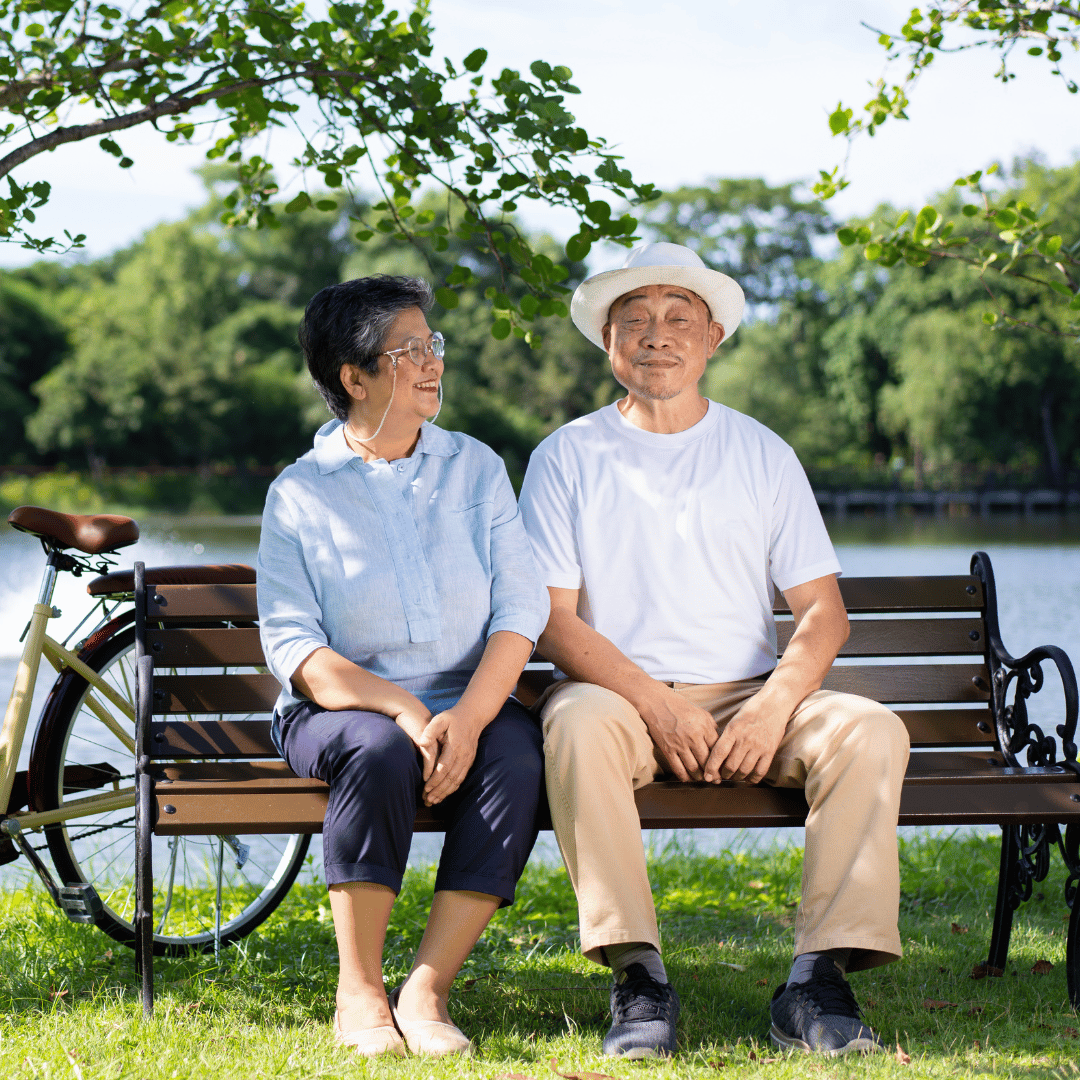




.png)
.png)
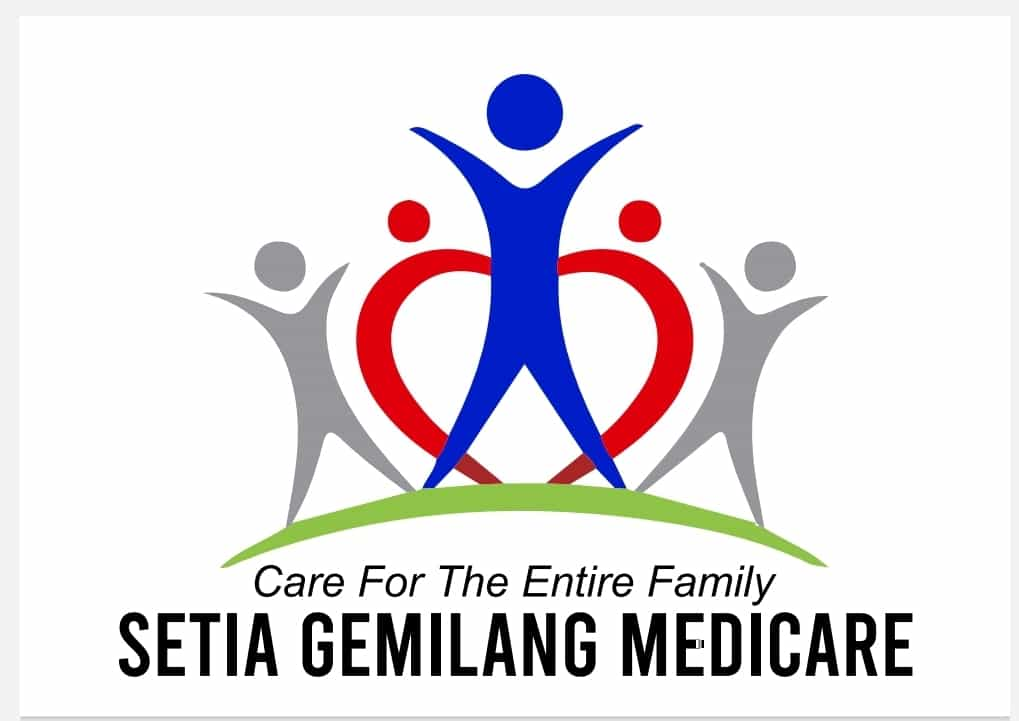
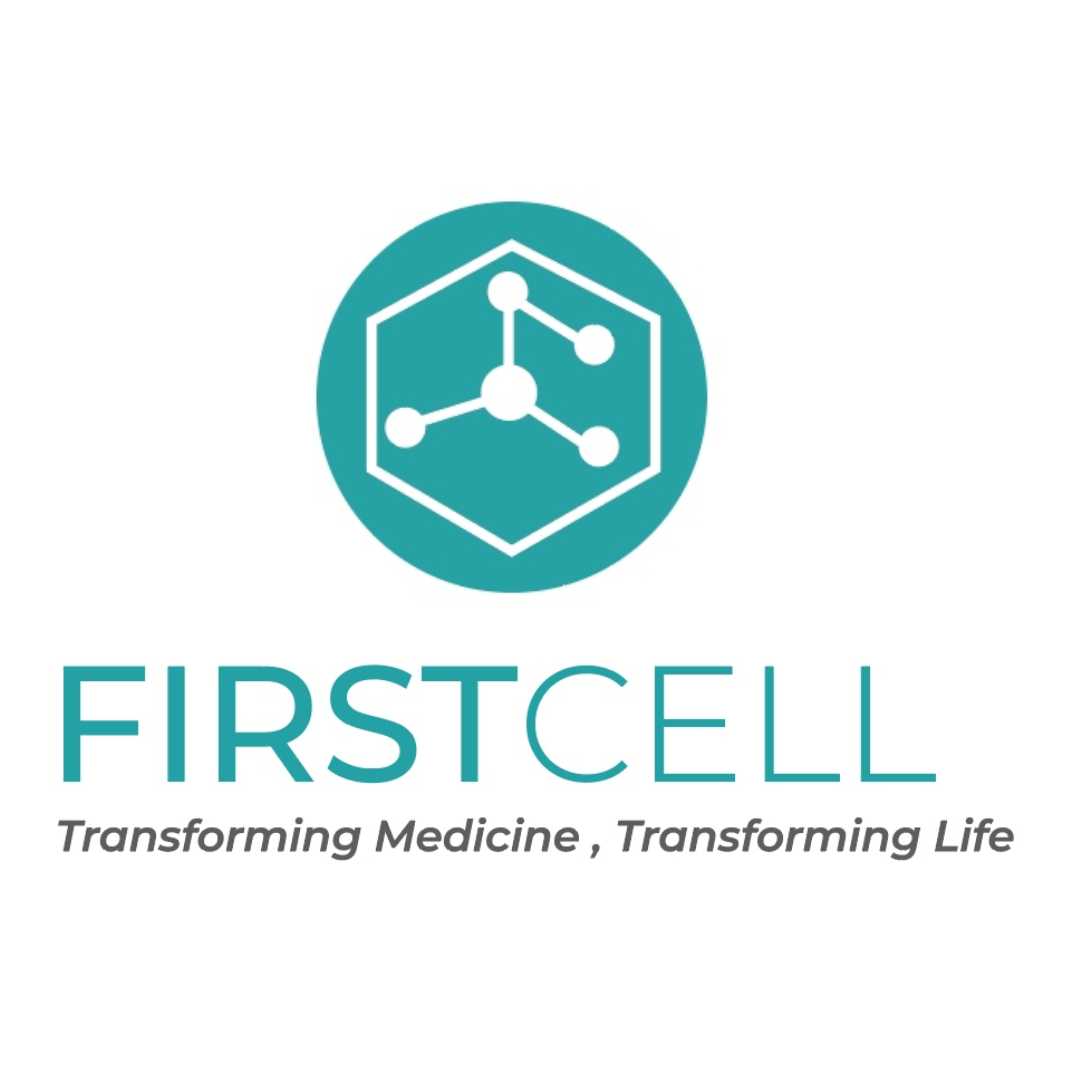
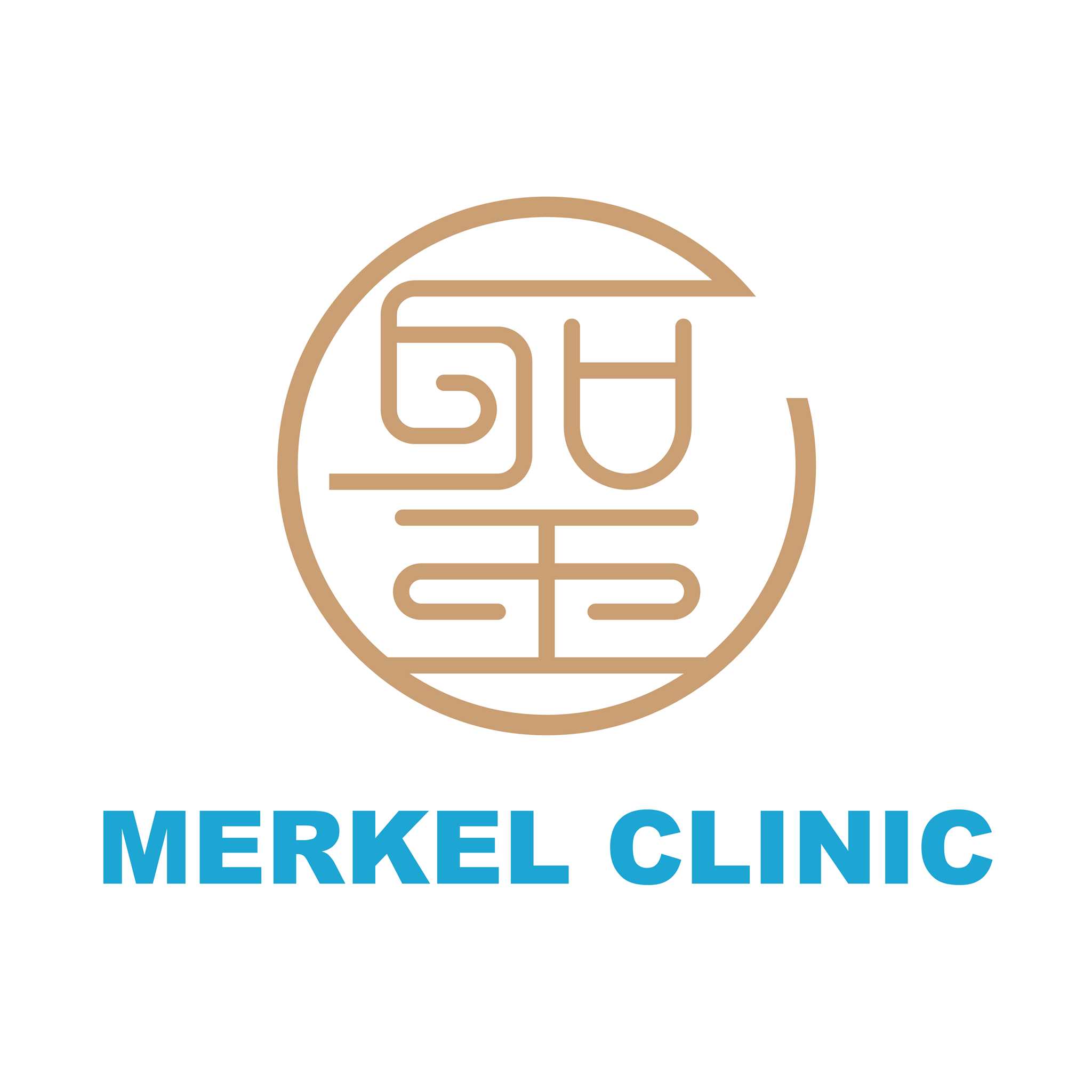

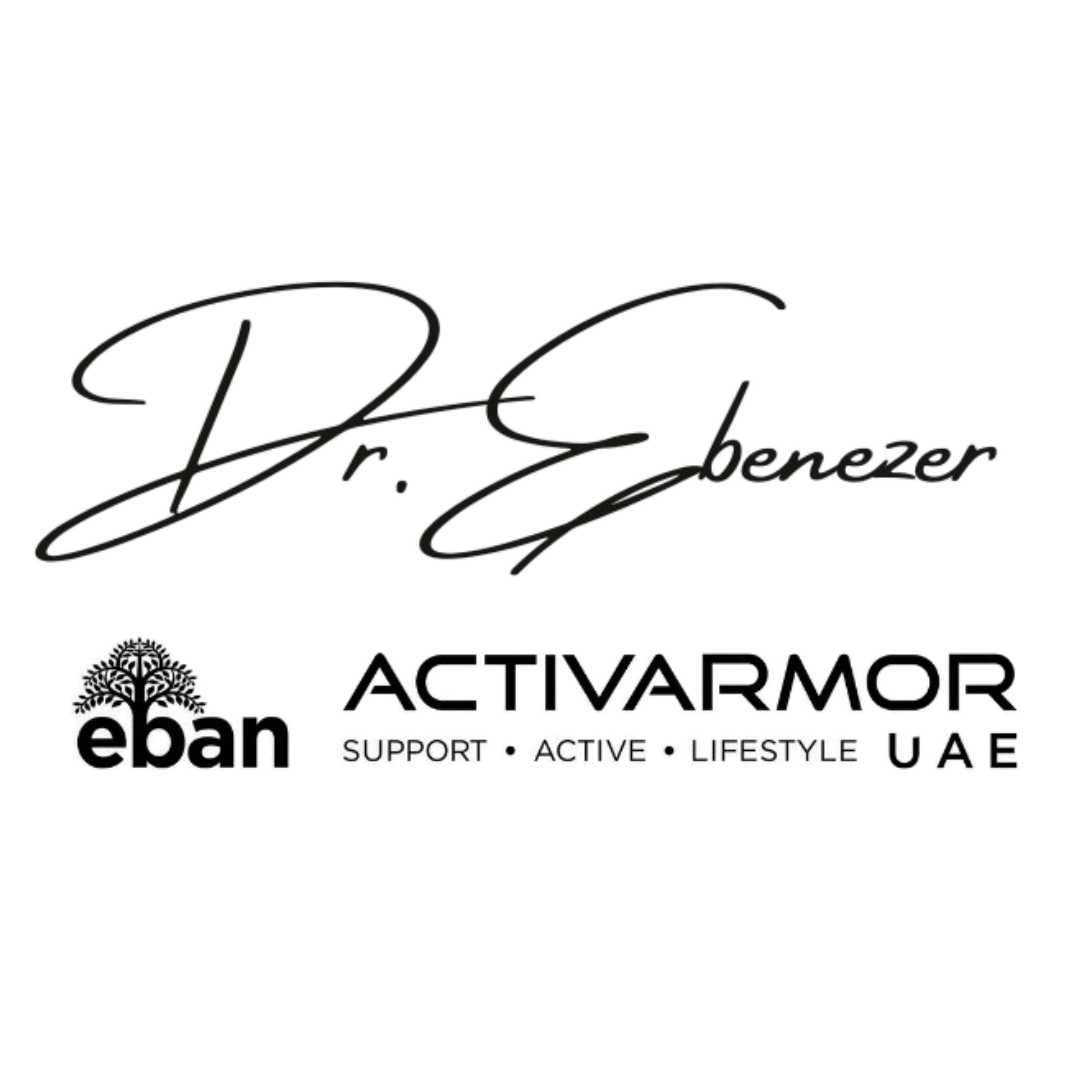

Share this listing